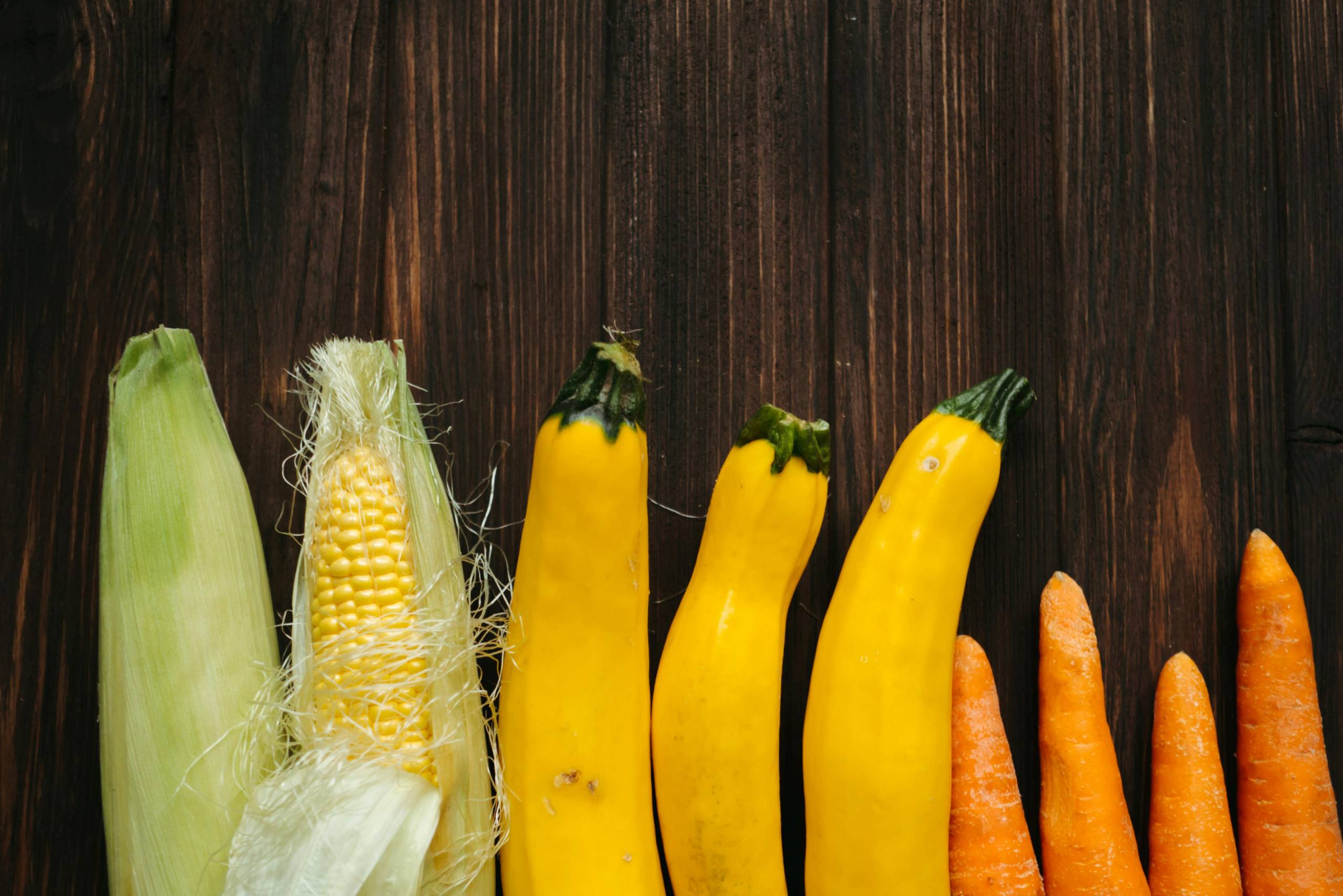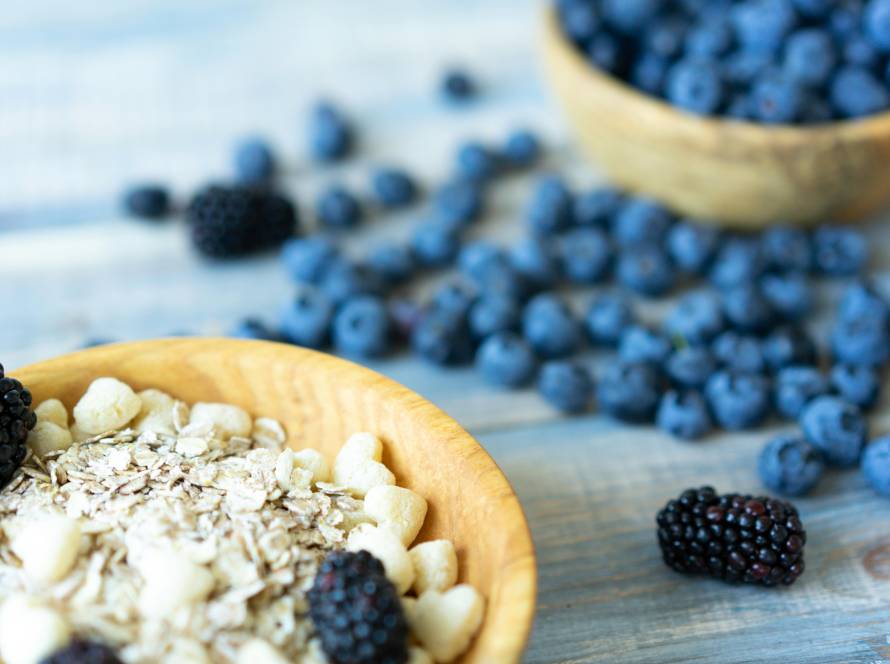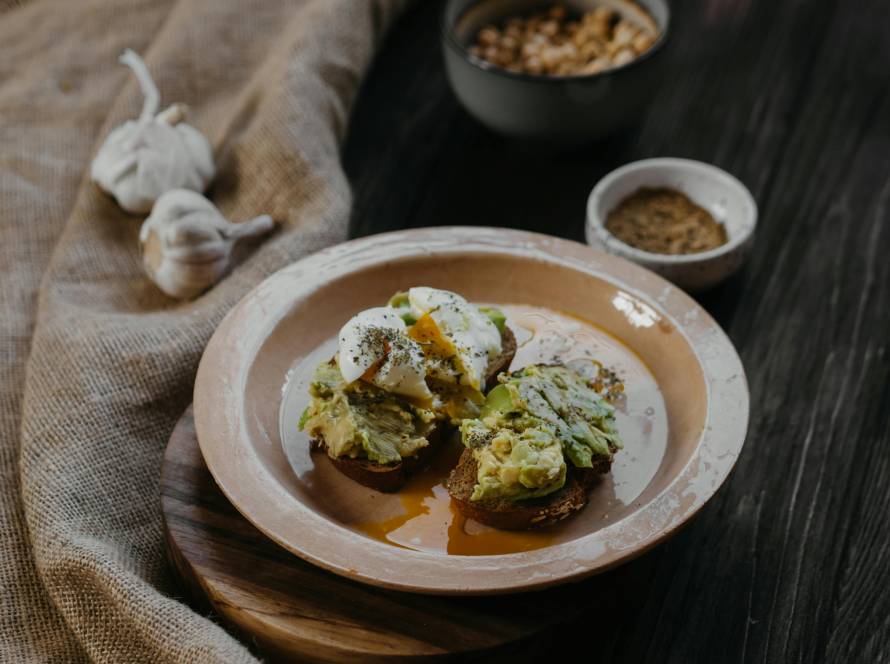Gluten-Free Baking: Mastering the Art of Wheat-Free Treats
Gluten-free baking can feel intimidating at first, especially if you’re used to working with traditional wheat flours. But with the right guidance and techniques, gluten-free baking becomes a creative, rewarding, and delicious culinary adventure. Whether you’re managing a gluten sensitivity, embracing a celiac-friendly lifestyle, or simply experimenting with new ingredients, this guide offers gluten-free baking tips to help you bake successfully.
Why Gluten-Free Baking is Different
For those with celiac disease, gluten intolerance, or wheat allergies, avoiding gluten is essential for health. Even small amounts of gluten can cause digestive distress, inflammation, or more serious complications. Gluten-free baking not only provides safe alternatives but also opens new doors to foods traditionally off-limits, allowing everyone to enjoy muffins, cookies, and bread again—without compromising their well-being.
Top Gluten-Free Baking Tips for Success
Gluten-free baking can feel intimidating at first, but with a few strategic techniques, you can achieve delicious, bakery-quality results. Here are the top gluten-free baking tips to help you succeed—whether you’re baking bread, cookies, or cakes.
✅ Choose the Right Flour Blend
Not all gluten-free flours are created equal. Using a single flour like rice or almond flour will likely leave your baked goods dry or dense. Instead, opt for a pre-made gluten-free flour blend or create your own by mixing flours like brown rice flour, sorghum flour, and potato starch. These blends balance flavor, texture, and structure, mimicking the role gluten plays in traditional baking.
**Pro Tip: Look for blends that include xanthan gum or guar gum for built-in structure.
✅ Add Binders for Better Texture
Gluten gives dough elasticity and structure—so without it, you need a binder to keep everything together. The most popular choices are:
- Xanthan gum
- Guar gum
- Psyllium husk
- Chia seeds or flaxseeds (when hydrated)
**These help prevent crumbling, improve chewiness, and provide a better rise. Start small—usually 1/2 to 1 teaspoon per cup of flour—and adjust based on your recipe.
✅ Avoid Overmixing Your Batter
In gluten baking, overmixing can activate the gluten and make things tough. While gluten-free batters don’t have this issue, overmixing can still be a problem. It can lead to:
- Dense or gummy textures
- Poor rise
- Uneven baking
**Mix just until the ingredients are combined. If you’re using a stand mixer, stop as soon as the batter comes together smoothly.
✅ Let It Rest: Hydration is Key
Gluten-free flours are thirsty—they absorb more liquid and take time to hydrate properly. Letting your batter or dough rest for 20–30 minutes before baking allows the flours to soak in moisture, which:
- Improves texture
- Reduces grittiness
- Enhances overall flavor
Exploring Gluten-Free Flour Alternatives
The foundation of gluten-free baking is flour replacement. Different gluten-free flours offer varied flavors, textures, and baking properties. Here’s a quick breakdown of common options:
- Almond flour: Nutty flavor, rich in protein and fats. Great for cookies and cakes.
- Sorghum flour: Mild flavor, good for bread and muffins when combined with other flours.
- Brown rice flour: Neutral taste, ideal for structured baked goods.
- Coconut flour: Absorbs liquid, perfect for dense items if balanced properly.
- Tapioca starch: Light and chewy; adds moisture and texture.
Using Xanthan Gum for Texture and Structure
In the absence of gluten, you’d need a binder to maintain structure. One of the most commonly used is xanthan gum. It binds ingredients, adds elasticity, and stabilizes the batter, making it essential for bread, cakes, and cookies in wheat-free recipes. Use approximately 1/2 teaspoon per cup of gluten-free flour for cakes or cookies and up to 1 teaspoon per cup for bread.
Selecting the Right Recipe
When you’re new to a gluten-free lifestyle, start with tested recipes from reliable sources. Choose simple ones like banana bread, chocolate chip cookies, or muffins before moving to more complex items like croissants or sourdough. As your comfort level rises, feel free to adapt your old favorites into gluten-free versions by substituting ingredients smartly.
Helpful Techniques for Gluten-Free Success
Beyond just the ingredients, the technique you use plays a huge role in your baking outcome. Here are some expert tips for gluten free baking to get the best results every time:
- Preheat your oven: Gluten-free batters don’t like to wait. A ready oven ensures even rise and firmness.
- Use parchment paper: Prevents sticking and ensures even baking.
- Watch the moisture: Gluten-free flours absorb more liquid. Your mixture may look wetter than you’re used to, but it’s often correct.
- Bake longer at a lower temperature: Gluten-free goods often benefit from extended baking time at a slightly reduced temperature.
Common Challenges and How to Overcome Them
Every baker faces hurdles, particularly when transitioning into celiac-friendly baking. Here are several problems you may run into, and what to do about them:
- Dry texture: Add an extra egg, some yogurt, or applesauce to incorporate moisture.
- Crumbly baked goods: This usually means not enough binder. Try adding more xanthan gum or a tablespoon of chia seeds.
- Lack of rise: Ensure your baking powder and soda are fresh. Also, consider adding apple cider vinegar for lift.
- Dense result: Whip the eggs for airy texture and consider folding in whipped egg whites to introduce lightness.
Useful Tools for Gluten-Free Baking
You don’t need fancy equipment, but some tools can make your gluten-free cooking journey smoother:
- Digital kitchen scale: For precise measurement.
- Sifter or fine-mesh strainer: Removes lumps and improves flour texture.
- Silicone baking mats: Prevent sticking and spread heat evenly.
- Stand or hand mixer: Great for evenly blending thick batters.
For even more resources and gluten-free lifestyle advice, check out the Gluten Intolerance Group. Their website is filled with educational material, certifications, and recipe ideas.
Adopting the Gluten-Free Lifestyle
Embracing gluten-free baking is more than a dietary necessity for many—it’s a passion. Beyond baked goods, a gluten-free lifestyle often involves exploring new grains like quinoa and millet, experimenting with meal planning, and learning how to read nutrition labels. The good news? With every recipe you try, your confidence will grow.
Final Thoughts: Bake with Confidence
Going gluten-free doesn’t mean giving up the delight of home baking. From chewy brownies to fluffy pancakes and hearty loaves, gluten-free baking offers a world of possibilities. By investing in quality ingredients, practicing the right techniques, and allowing room for experimentation, you’ll soon be whipping up delicious, satisfying treats that everyone—not just those avoiding gluten—will want to devour.
**Want to take your skills to the next level? Explore our guide to Top Gluten-Free Flour Alternatives for even more helpful strategies.



